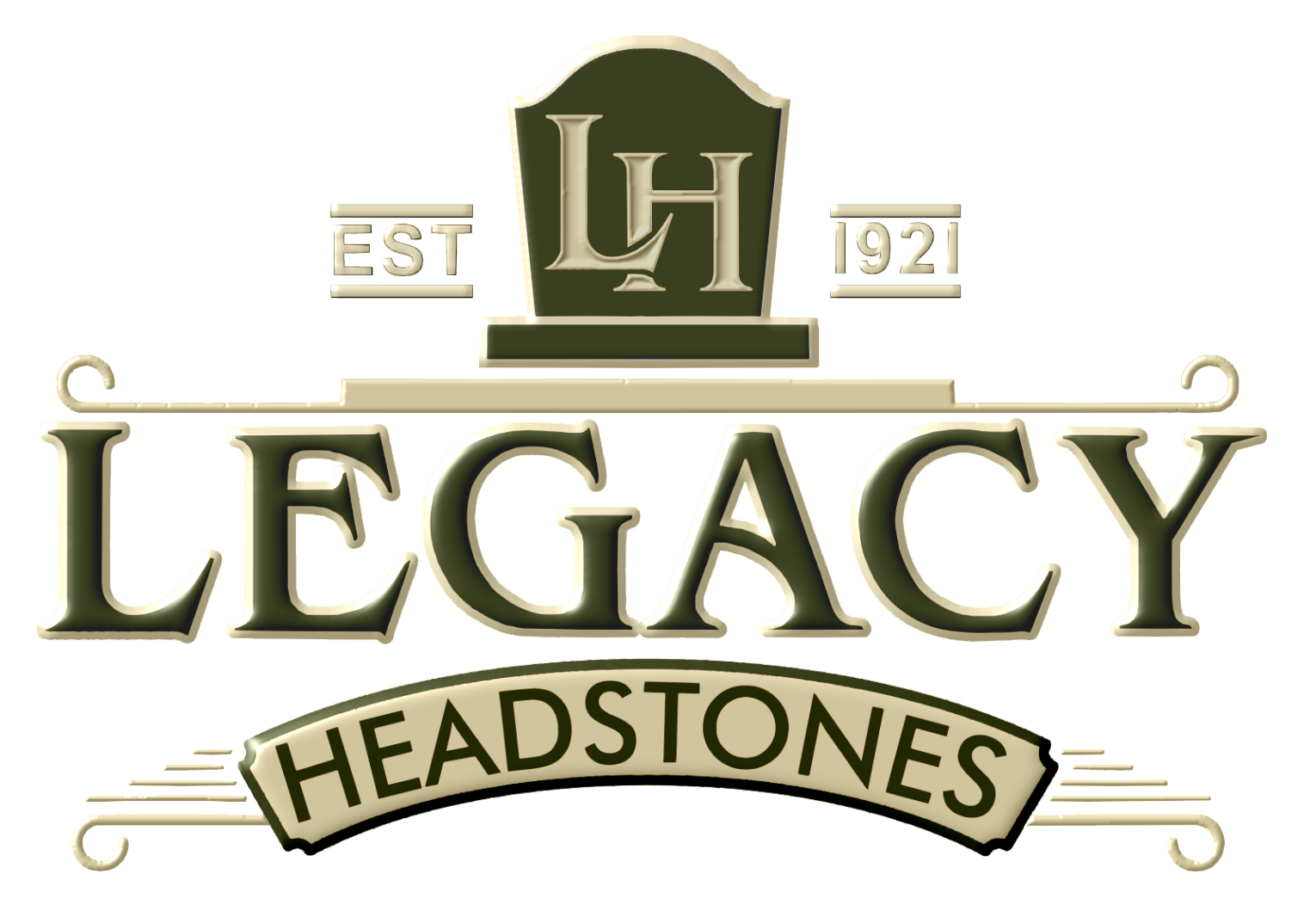When a loved one passes, we often feel driven to follow any last requests or wishes as much as possible. However, not everyone lives the same life and has the same finances or the budgetary means to afford what their loved one may have asked for. When we are financially struggling, on top of dealing with the immense grief of losing someone close to us—we may find ourselves feeling hopeless, possibly despair, and like we are letting our loved one down.
We are here to try and help. Below, we hope our tips for cremation urn budgeting and navigating the costs will help you during this challenging time.
Short Introduction to Cremation Urns
When we think about a cremation urn, many may picture a somber-looking wooden or ceramic vase-like container. While that is a very valid choice and option, today, thanks to artists and innovative technology, there are a dizzying amount of materials, shapes, sizes, and options for cremation urns.
Cremation urns are containers meant to hold the ashes of a loved one who has been cremated after passing. They can be used as a memorial to the deceased, kept in the home, buried within a cemetery’s columbarium or cremation niche, or used to hold a small amount of ashes that can be divided between family members. These more miniature urns are known as keepsake urns or keepsake jewelry.
The general categories of Urns are:
- Single-person urn. A single-person urn can be created from many different materials but is designed to hold the ashes of an individual.
- Companion urn. A companion urn is designed to hold the ashes of two people who may have wished to be cremated and have their ashes mingled together in a single urn.
- Keepsake urns and keepsake cremation jewelry. Keepsake urns and cremation jewelry are designed to protect a small portion of cremated remains. These keepsakes allow loved ones and families to divide and share the cremains with other family members, companions, and friends.
What Influences Urn Cost?
The size, materials, and design influence the cost of a cremation urn. For example, a companion urn generally costs more than an individual urn. Should you choose metal over wood, metal often costs more than wood, and handmade urns have the artists’ time, effort, skills, possible shipping costs, and supplies factored into the price.
Additionally, extra text, engraving, plaques, and customized options often increase the price of a standard urn.
Material choice is often the primary determinant of the cost of an urn, but there may also be a cremation rate applied in certain areas that can influence the price.
If a loved one chooses direct cremation (no service or funeral), the only cost to be concerned about after cremation is the urn itself. You can readily find and purchase a cremation urn online if you do not want or cannot afford a funeral home’s urn prices.
In general, urns for pets are more affordable than those for humans, and urns for adults will cost more than urns for infants or children.
Navigating Costs
As you decide what type of urn to purchase, we strongly recommend considering quality, cost, and functionality. Where is the urn going to be displayed, if at all? Will it be buried, placed in a cemetery columbarium, or kept in a home? If the urn is to be buried, do you wish it to be biodegradable or created from stone or metal? You undoubtedly want the urn you choose to fit the environment it will be in, so please keep that in mind when considering the material.
Biodegradable
Eco-friendly urns may be created from clay, compost, cornstarch, paper, or raw wood. They can range from $40 to $300 or more, depending on the nature of the eco-friendly urn.
Ceramic
Painted or finished ceramic urns that can be handmade or mass-produced often cost, on average, between $75 to $550
Glass
Containers created from glass are stained or painted so that the ashes within are hidden. They can range between $100 to $500.
Metal
Pricing for a metal urn highly depends on the metal used. You could see prices ranging from $50 to $500 or more. Alloy metals tend to be more affordable than solid, pure metals.
Scattering
These urns are designed to be temporary, holding ashes until they are scattered, so they tend to be much less expensive. They can be made from paper, metal, wood, or lightweight ceramic and come with an easy-to-remove lid. Depending on the material, you may note prices ranging from $20 to $150.
Wood
Wooden urns are available in traditional vase shapes, boxes, pillars, hexagons, and octagons. They can be plain, have a plaque, be laser-etched, hand engraved, or even inlaid with metal and stone. On average, the prices for a wooden cremation urn range from $50 to $500.
Granite, Marble, or Other Stone
Pricing for urns made from stone will be more expensive than most. Engraving, laser etching, adding custom emblems or images, text, and so on also influence the price. In addition, if purchased online, stone urns are rather weighty—making them costly to ship. You can expect prices ranging from $200 to $1000 or more.
You do not and should not feel any shame when it comes to navigating the costs of a funeral, cremation, and urn. You should not feel pressured to purchase an urn from a funeral home or director if you do not wish to, as the Funeral Rule states that the funeral home must use the urn you choose should you buy one online.
We hope that we have been able to help you find the perfect urn for your budgetary needs during this challenging time, and we send you our heartfelt condolences.

